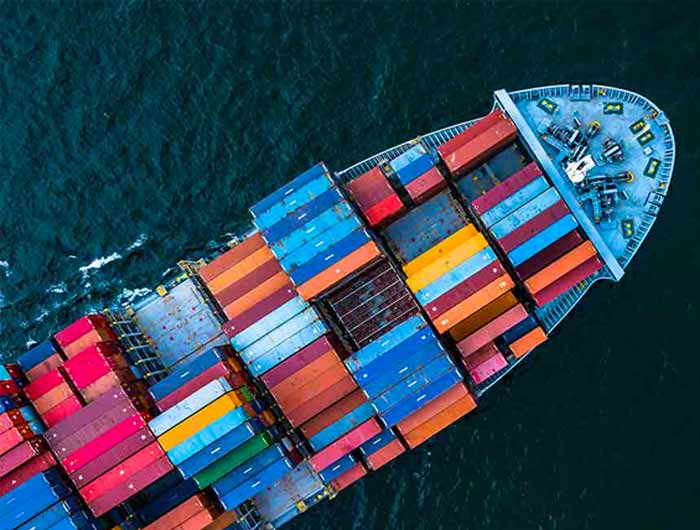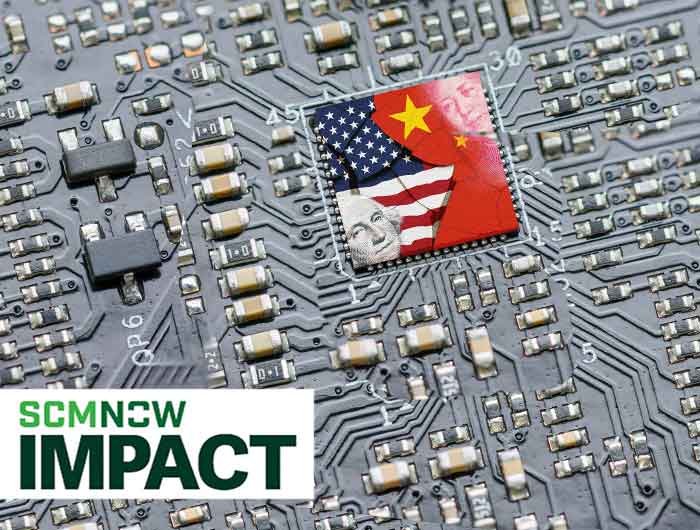Editor’s note: The global supply chain landscape is undergoing a period of significant transformation. Geopolitical tensions, technological advancements and shifting consumer preferences are reshaping the way businesses operate and source goods. Supply chain organizations must adapt to these evolving dynamics to ensure the resilience and efficiency of their operations. To help industry professionals navigate these dynamics and make informed decisions, this blog post synthesizes key takeaways from the ASCM Insights Blog, ASCM’s podcast and ASCM learning and development solutions.
1. A new era of geopolitical risk: The geopolitical landscape is becoming increasingly volatile, with rising tensions between major powers and a growing number of regional conflicts. The U.S.-China trade war has highlighted the vulnerabilities of global supply chains, exposing them to the risks of disruption and uncertainty. As countries seek to reduce their reliance on specific suppliers and diversify their supply chains, businesses must be prepared to adapt to changing geopolitical dynamics.
2. The rise of multipolarity: The world is shifting toward a multipolar order, with numerous centers of power emerging. This shift has significant implications for supply chain management, as businesses must navigate a more complex and competitive global environment. The rise of regional powers, such as China and India, is reshaping global trade flows and supply chain networks.
3. The impact of technology: Technological advancements are revolutionizing the way supply chains operate. Artificial intelligence, machine learning and the internet of things are enabling companies to optimize inventory levels, improve forecasting accuracy and enhance supply chain visibility. Automation and robotics can help to reduce labor costs and improve efficiency. However, it's important to note that technology alone is not a silver bullet. A skilled workforce is essential to effectively implement and leverage these technologies.
4. The human factor: The human element remains critical to supply chain success. Investing in talent development and employee training is essential to building a skilled workforce. By fostering a culture of innovation and continuous improvement, organizations can adapt to changing circumstances and drive growth.
5. Balancing globalization and localization: While globalization has brought numerous benefits, it has also exposed supply chains to vulnerabilities. As a result, many companies are exploring strategies to balance globalization and localization. This may involve reshoring production, nearshoring to nearby countries or diversifying supplier bases. It's also important to carefully consider the costs and benefits of these approaches and to avoid hasty decisions.
To navigate this complex landscape, supply chain professionals must be proactive, adaptable and innovative. By understanding the key trends shaping the industry and taking proactive steps to mitigate risks, organizations will be primed to build resilient supply chains that can withstand future disruptions.



